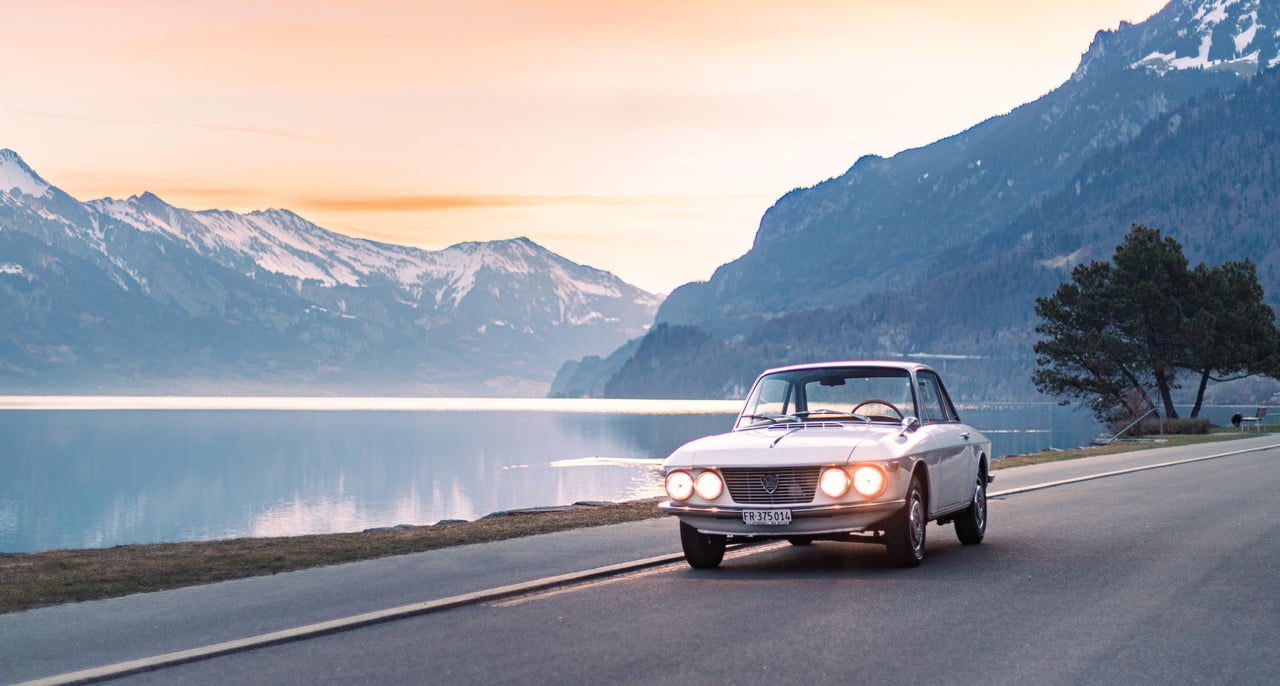
Harry Wilson is a young visualisation artist based in Fribourg, Switzerland. After studying automotive design for four years at university, he worked in the car industry for a couple of manufacturers. Since then, he’s departed the car industry and spent two years working for a bicycle and winter equipment manufacturer, but in that time he realised his real passion was in classic cars. In his words, “I just really appreciate the old stuff.” It was this love for the automotive sculptures of the 1960s that led to his rather brave purchase of a Series 1 Lancia Fulvia back in February. However, as we found out from Harry, owning a classic in your twenties needn’t be as scary as it sounds…
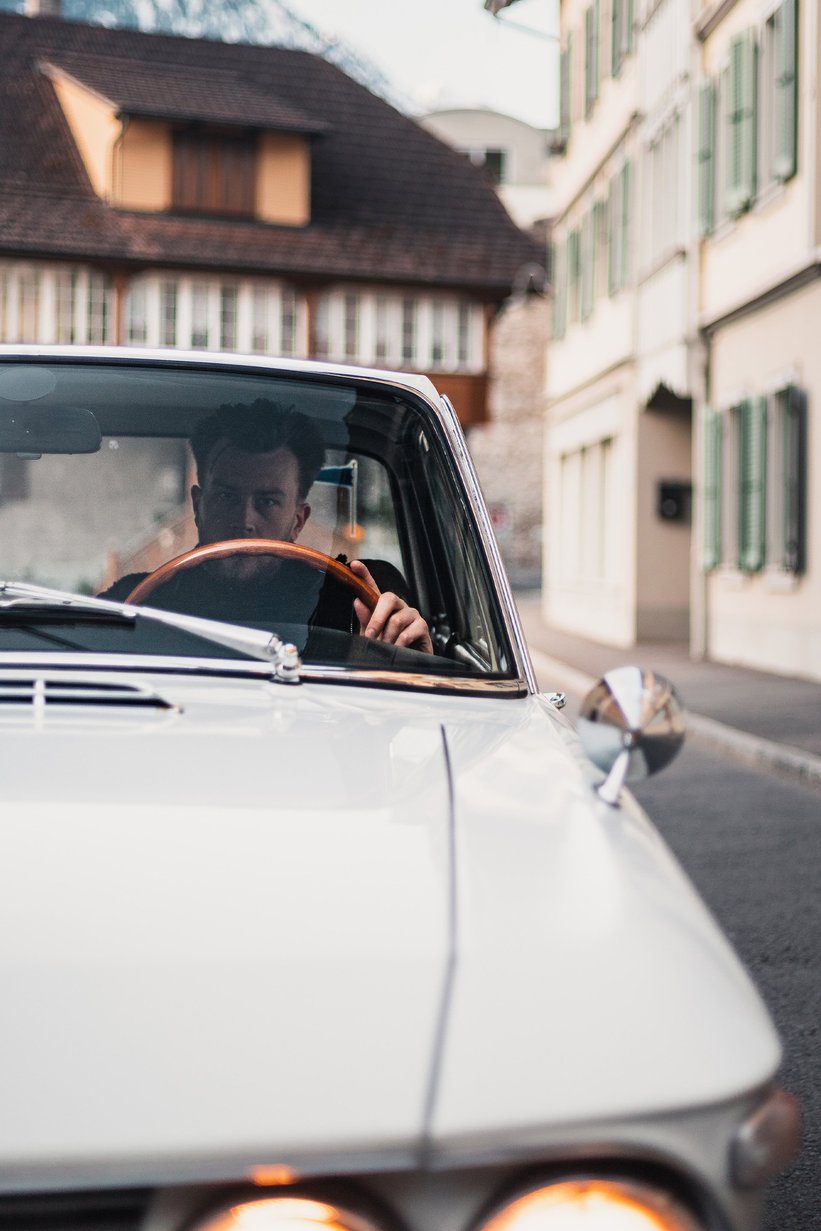
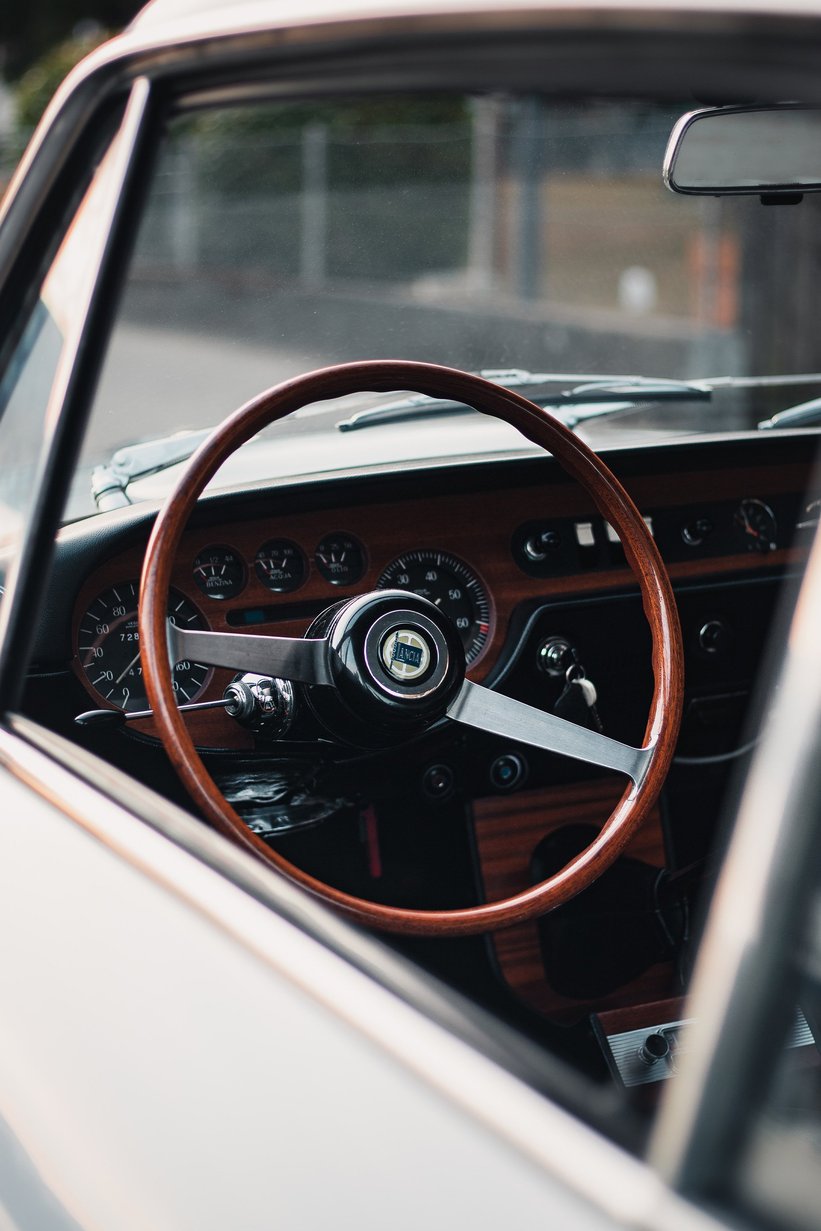
Harry, thanks for taking the time to talk to us about your lovely Lancia. Clearly you’ve got a great appreciation for classic cars — where did it start?
Years ago, back 2006, I was cycling through the rain in my village when I heard this gurgling sound, and suddenly this grey Aston DB9 with a cream interior drove past. I just thought it was so beautiful, and when I was younger, supercars just seemed so much rarer.
I really liked the new stuff as a kid, but now that I’ve lived through seeing all these cars evolve into their current models, you realise that there will always be a newer, better car around the corner. So, taking a step back, I think cars from the 1960s, and even 1930s and 1920s, really represent the epitome of design for me, everything was in perfect harmony.
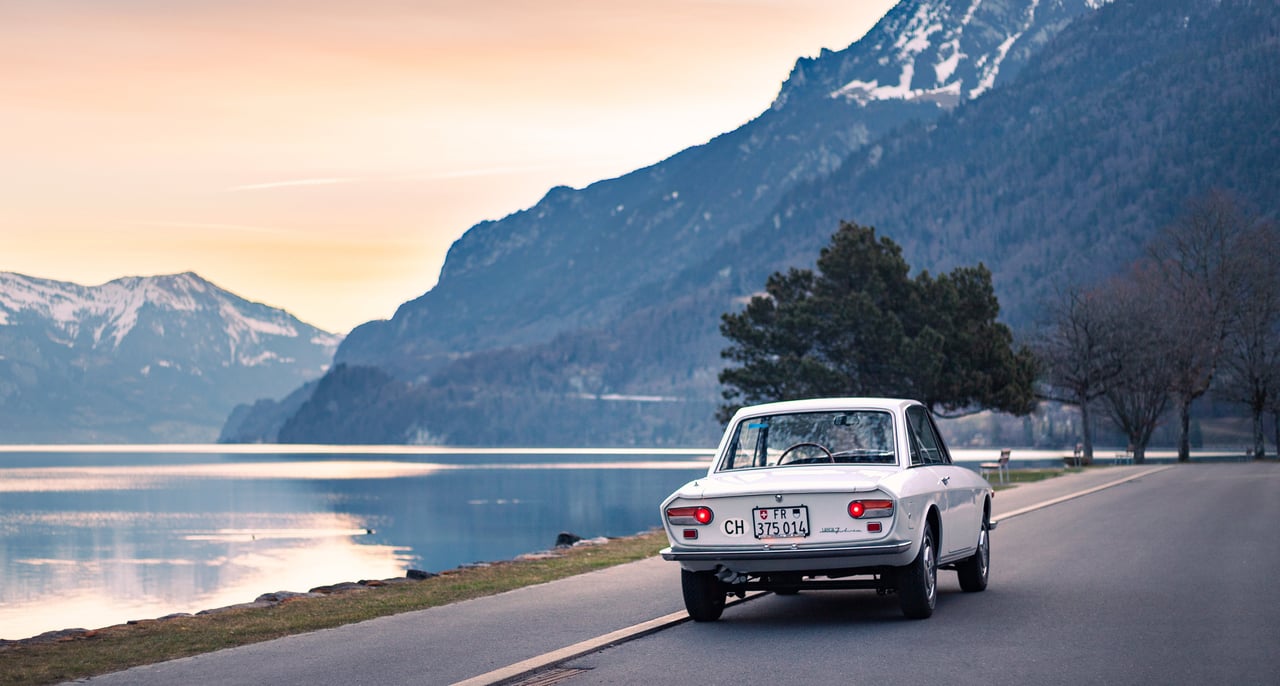
That’s something a lot of people can relate to, especially as car designs continue to become busier and more extreme. So, what drew you to the Lancia Fulvia?
The Fulvia is the kind of classic car that anyone can go out and buy. They’re not crazy expensive, and Lancia really knew how to put together a great car. For example, the engine was mounted at a 45 degree angle so they could give the car a really shallow shoulder line. Being a Series 1, mine was built way before Fiat got involved, so there’s a lot of leather and metal in the cabin, and in the summer you can really scorch your hand on the handbreak.
I had been looking at the advert for a long time and the car was in my price range. So, when my friend from university was visiting, we checked it out up in the Swiss mountains. It was all very idyllic; the view, the smell of fuel and leather, and the car was in such good condition. Then the V4 engine started, I began to drive it, and it was just such a great experience.
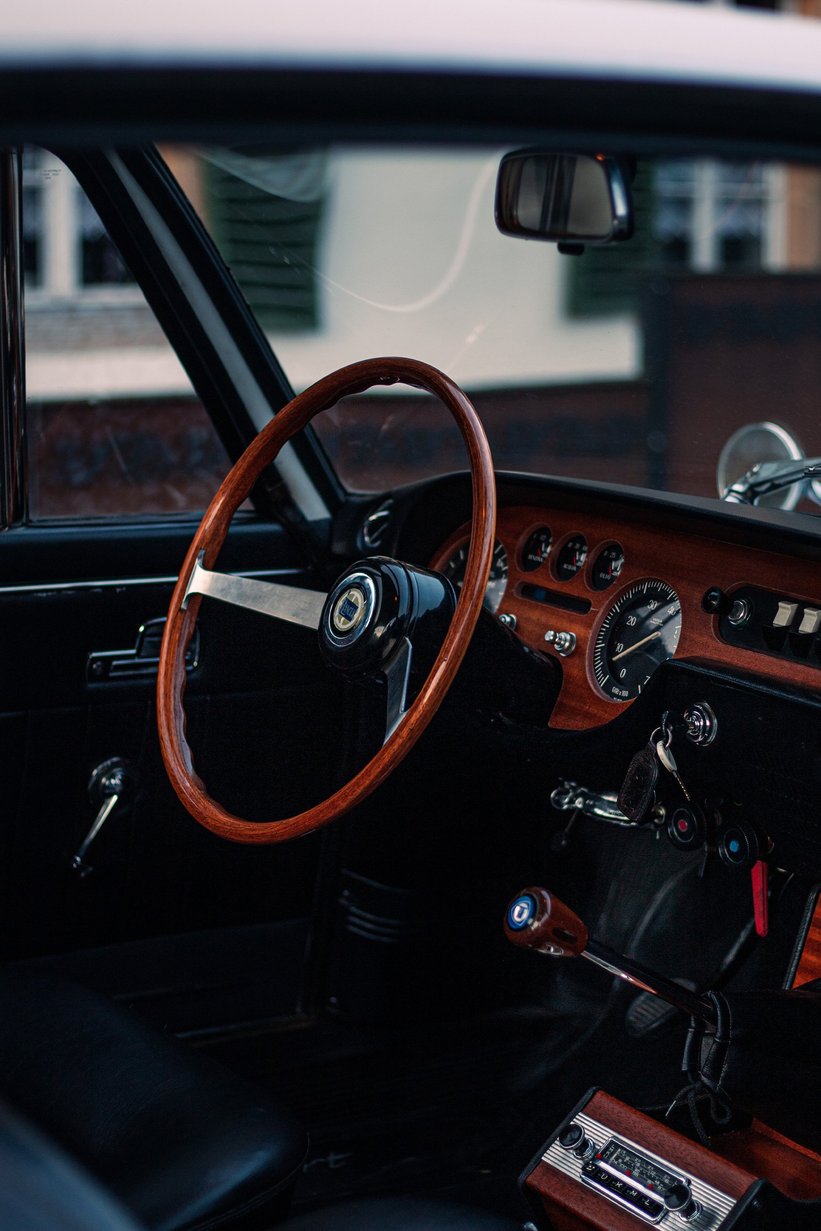
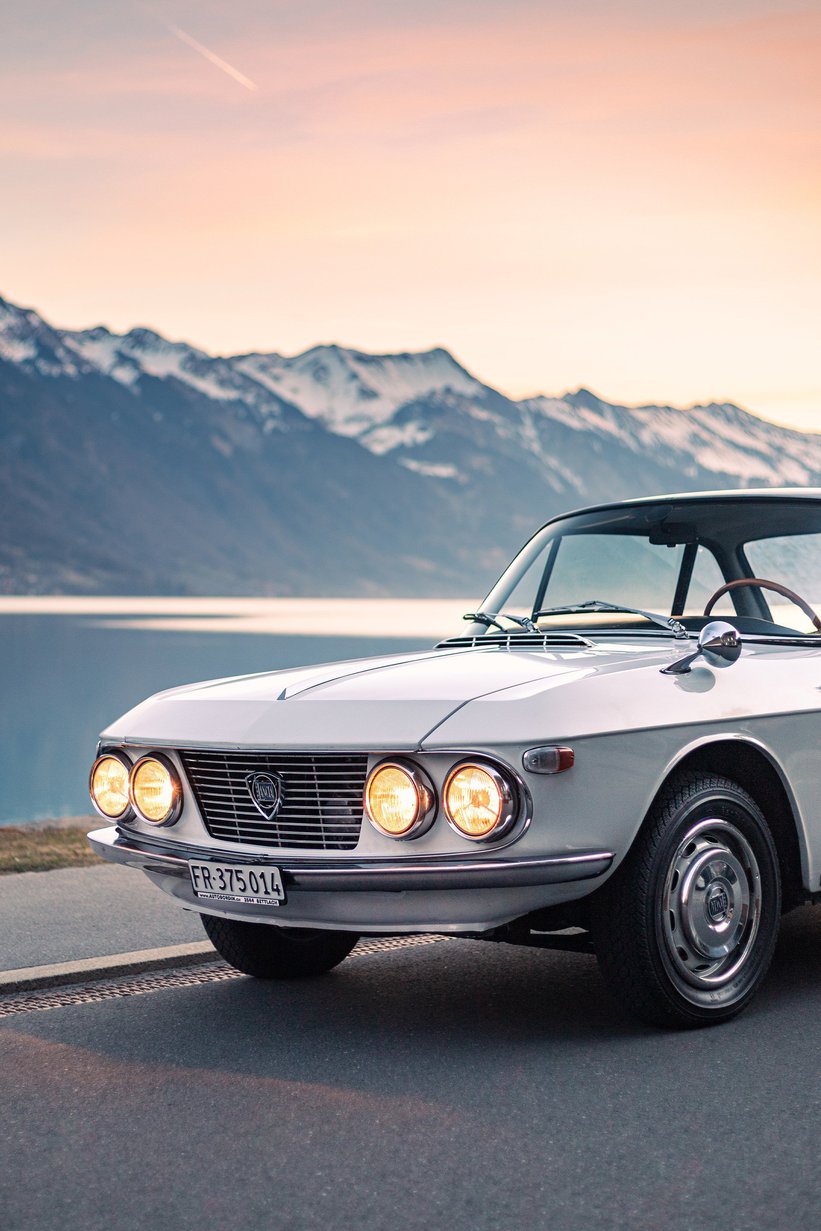
Could you tell us a bit more about your car?
It’s a Series 1, so it only has a 1.2-litre engine, but it was built in 1967, so it’s a pretty early example. This was one of the first cars to feature disk brakes, which was a pretty massive technological advancement in the history of the automobile.
My car was bought new in Turin by a guy who lived in Switzerland. It was a one-owner, low mileage example; when I bought the car, it had around 50,000 miles on the dial, so on average it had done a little over 1000 miles per year. Everyone warns you of rust when buying a classic Italian car, but you’ll barely find any anywhere on the car. I keep it off the road in the worst winter months, but I drive it all the time.
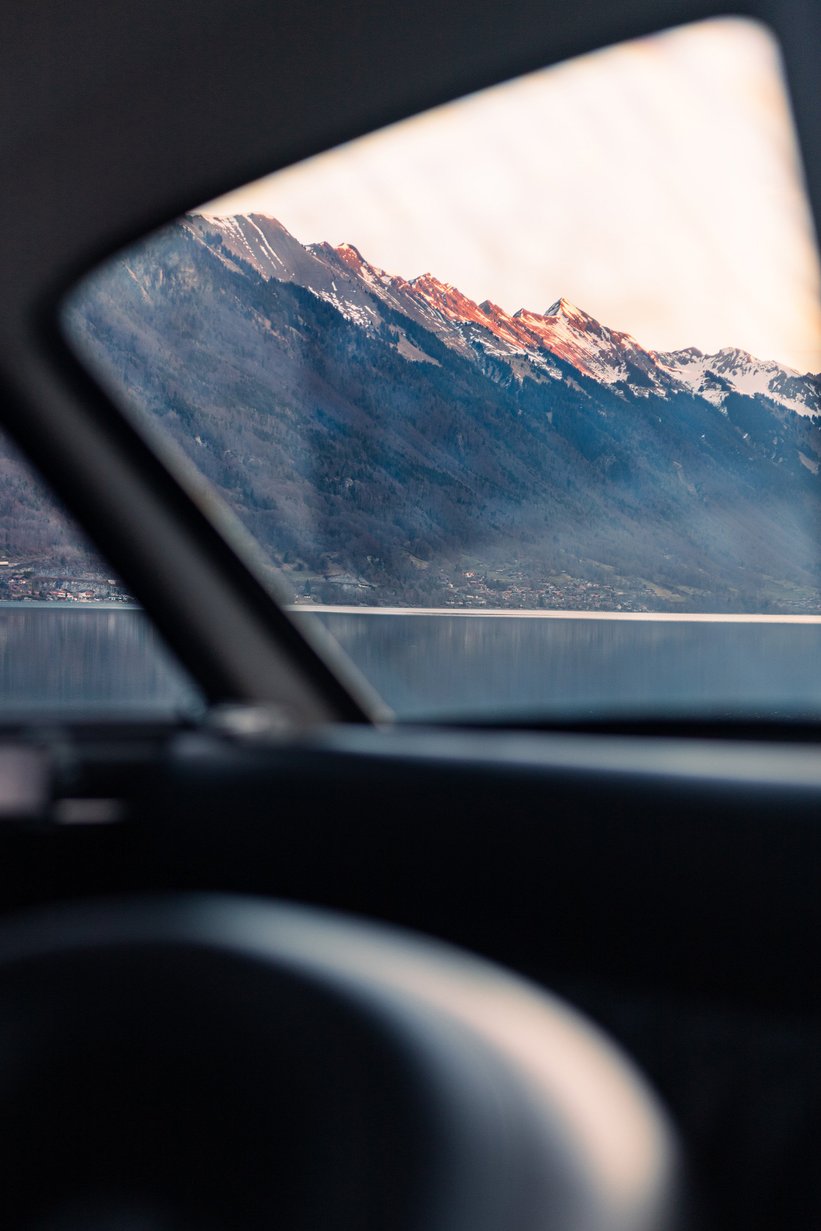
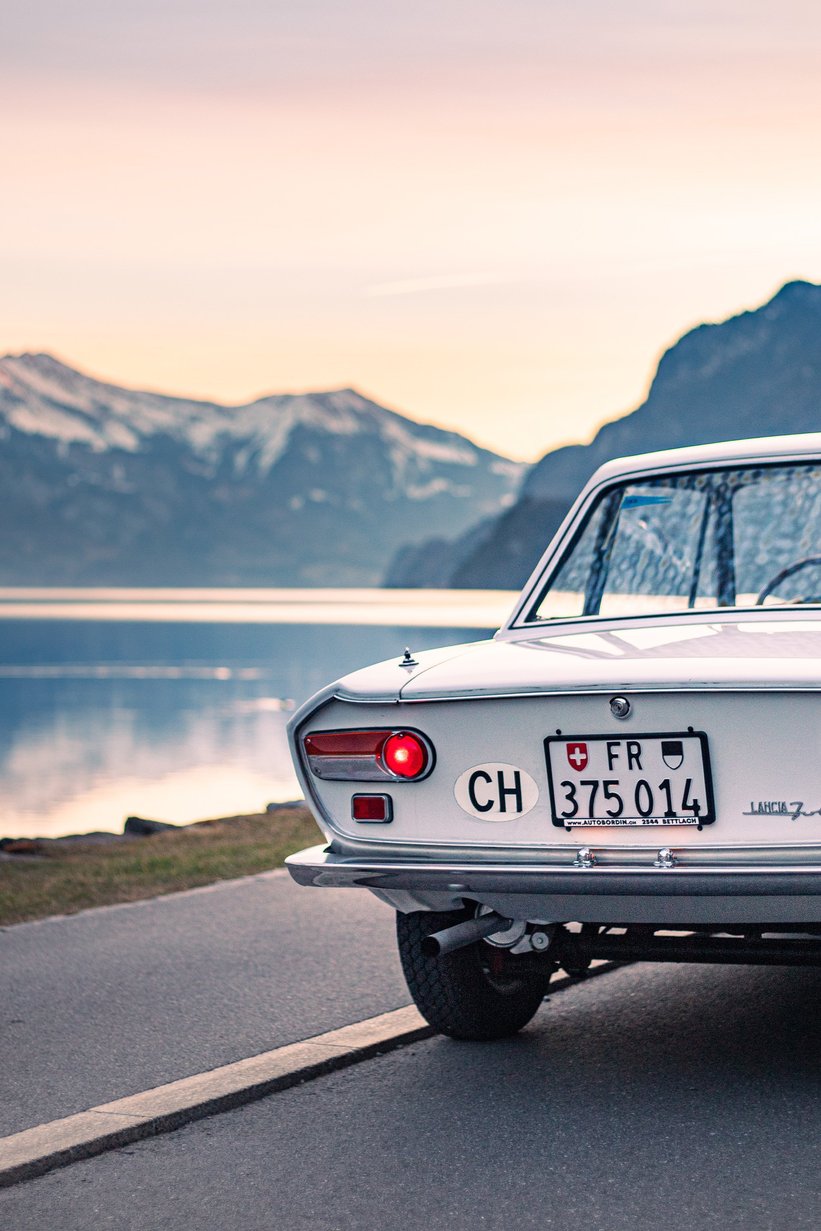
How has it been since you bought it — what are the best and worst things about it?
I drove the car from Switzerland down to Florence back in April. It rained the whole way and my car has the 4-speed gearbox because it’s a Series 1, so it was bloody noisey on the motorway. The radio is broken, but you don’t miss it because it’s great to hear the V4, and on the motorway you wouldn’t be able to hear it anyway. The solution to motorway driving is to get a good pair of sound cancelling headphones.
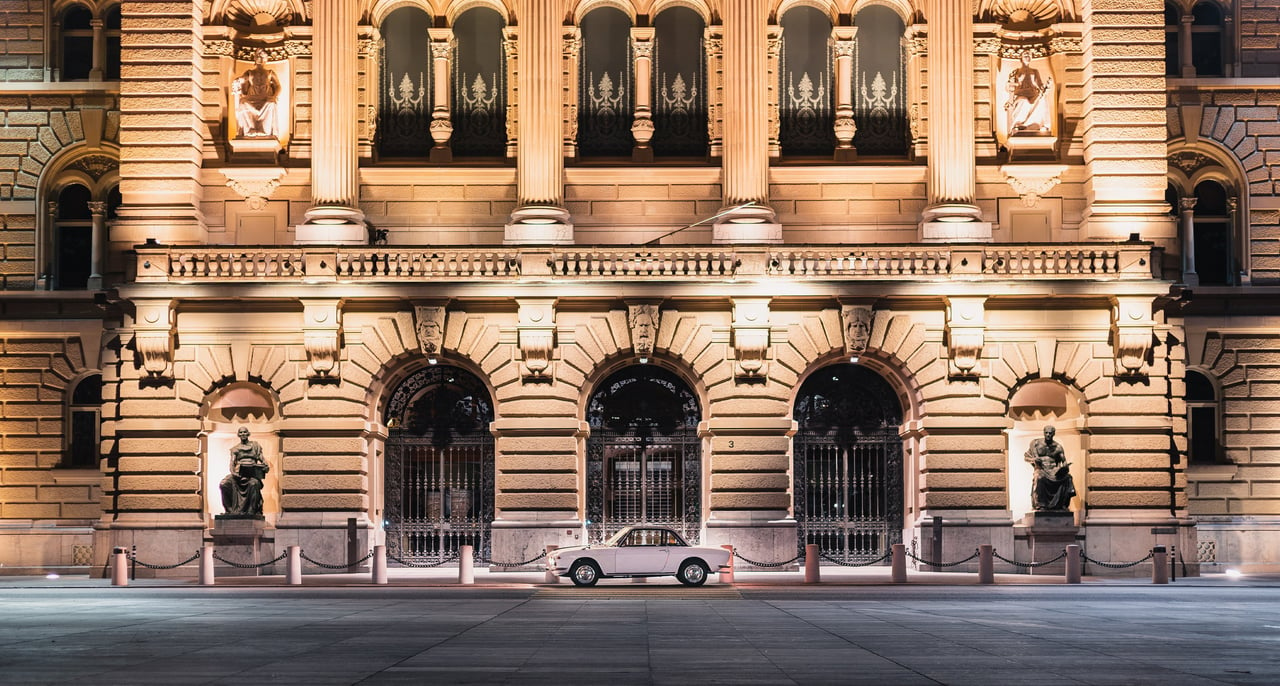
In Italy, which really is a car-loving nation, I had people coming round to talk to me about the car. Even in Florence, we were waved through by policemen and they let us park in-front of the Cathedral for photos. You could tell the people there really appreciate the Fulvia. The car came into its own in Italy. You can have fun with it — it’s softly sprung but, the steering is really precise, so it’s just great to drive on the road.
However, there are a few issues; the map light, clock, and windscreen washers don’t really work but the worst fault I’ve experienced related to the brakes. The disk brakes are good for a car built in the 1960s, but one day it decided to leak brake fluid. So, I was coming down a street towards a pedestrian crossing in a nearby city, and when I pressed the brakes, nothing happened. I had to swerve, use the handbrake, and use the gears to get it to stop, which was pretty scary! The day before, we were driving the Furka Pass, so I’m really happy it didn’t go wrong there. So, one brake failure, but I'm still here.
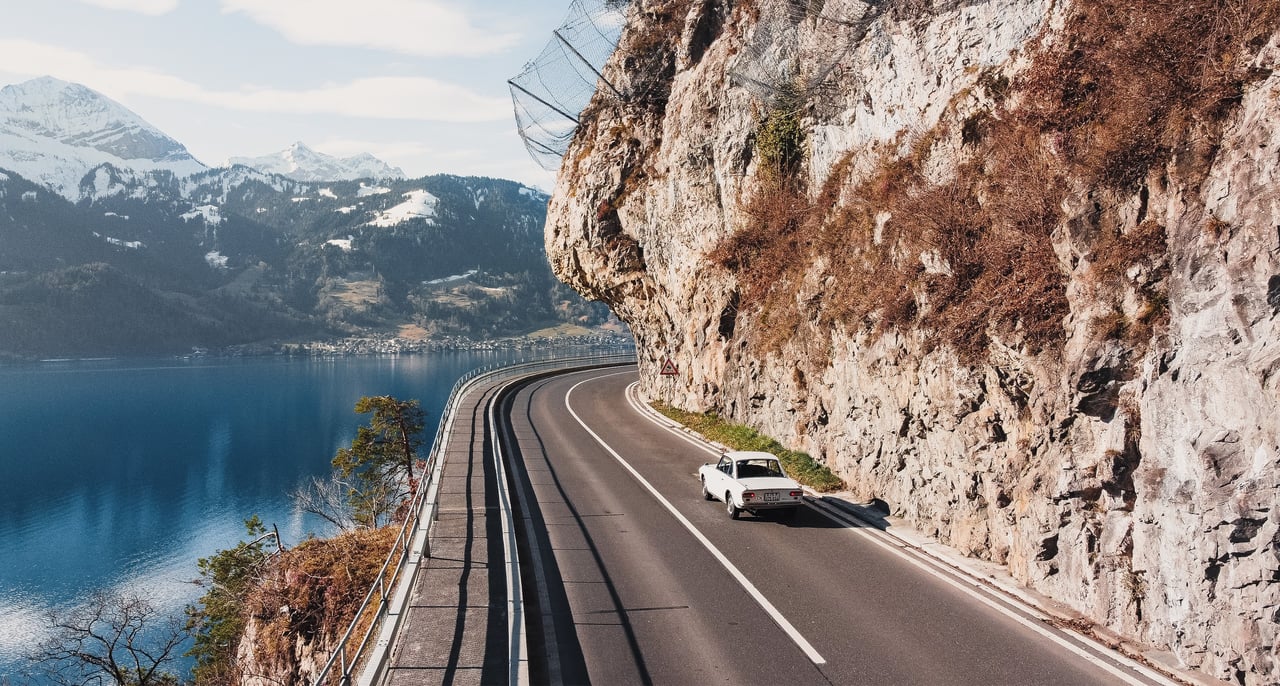
What about next year, do you have any exciting trips in the works?
Next year, I’d love to get it to the UK. I was back a couple of weeks ago visiting family and I think the Fulvia would really perform well on the British B roads. Similarly, here in Switzerland, where the roads are so narrow and speeding is so heavily policed, having a small and relatively slow car is fantastic because you can really enjoy it. When you find a smooth bit of road there’s nothing like it, it’s such an experience.
It’s funny, the Fulvia has almost become a sideshow attraction to my friends when they come to visit, and they always ask if they can go out in the car. Switzerland is relatively small, so you can reach some fantastically beautiful places; it’s almost become part of the tour.
I’ve also been speaking with a friend who has a place in Turin, so it would be super cool to do a pilgrimage back to the old factory there. I have no idea how much of the old factory remains, but we’ll see.
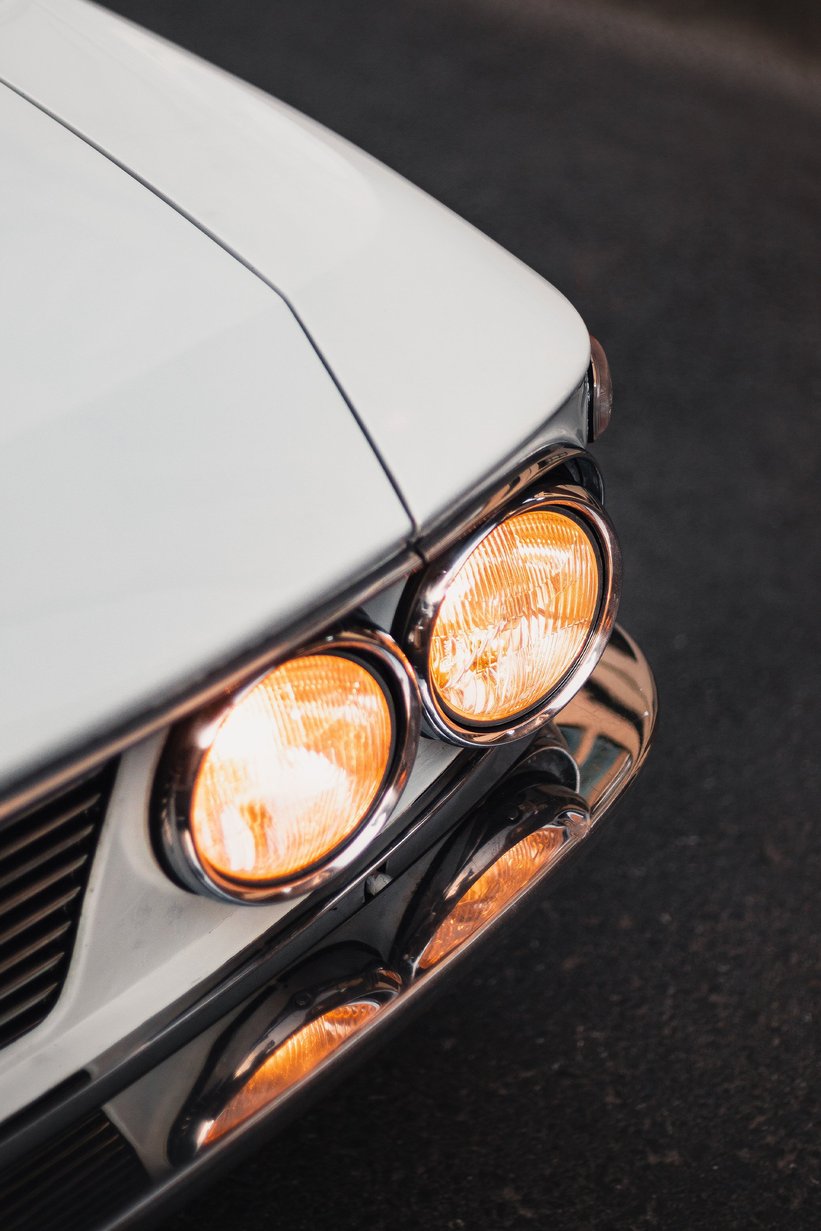
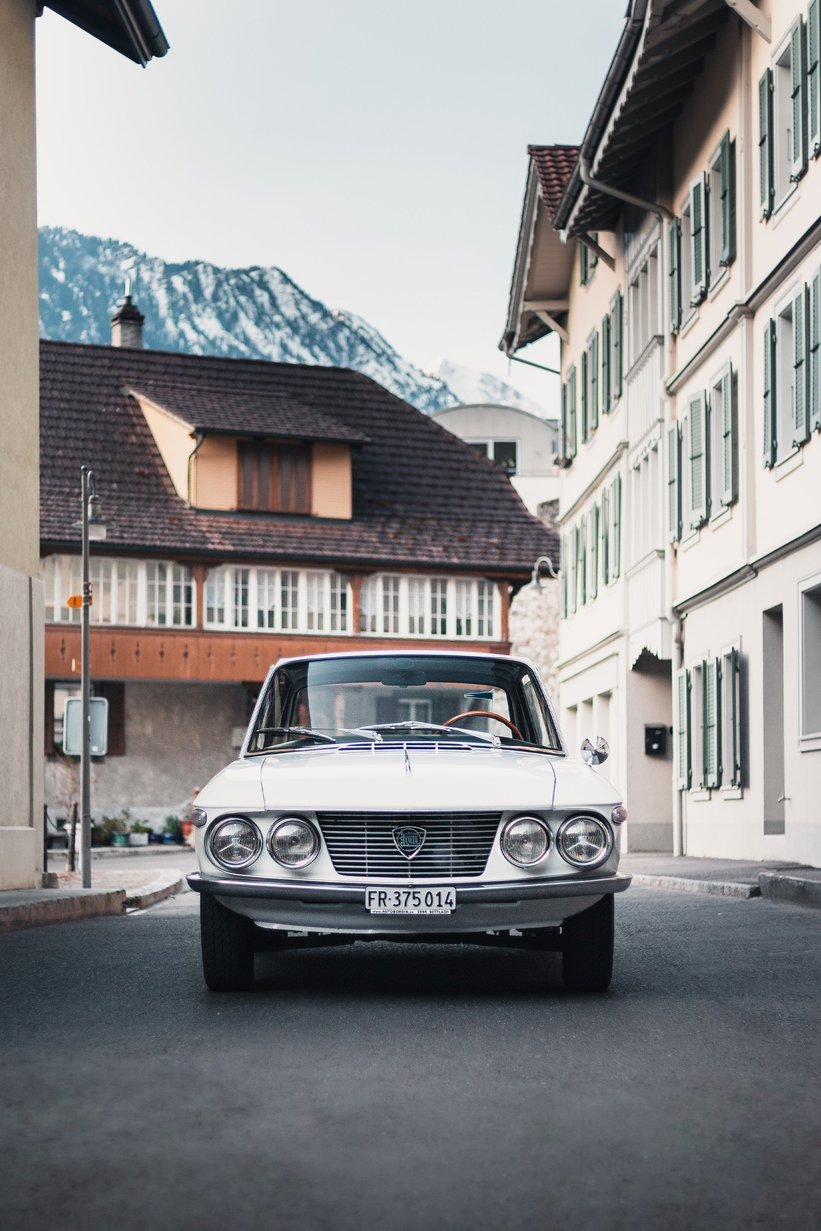
What would you say to anyone else on the hunt for a Fulvia?
First of all, make sure you look for a good example: rust is definitely a big problem. The next thing is to drive one. I ummed-and-ahhed about it for so long, and there’s always going to be “what if’s”, but if you check for obvious signs of any botched jobs, you should be alright. Make sure there’s clean history, but a lot of people who had these cars were super proud of them, so many of them are still in great condition.
Don’t go for the cheapest example. Look at the mid-range stuff and you’ll find something good. I went for a Series 1 because they fitted more premium stuff like an actual wooden steering wheel. The Series 2 has a bit more power and a 5-speed, but there’s a little more plastic, so you need to decide what’s important to you. If money was no object, I’d definitely go for a 1.6 HF.
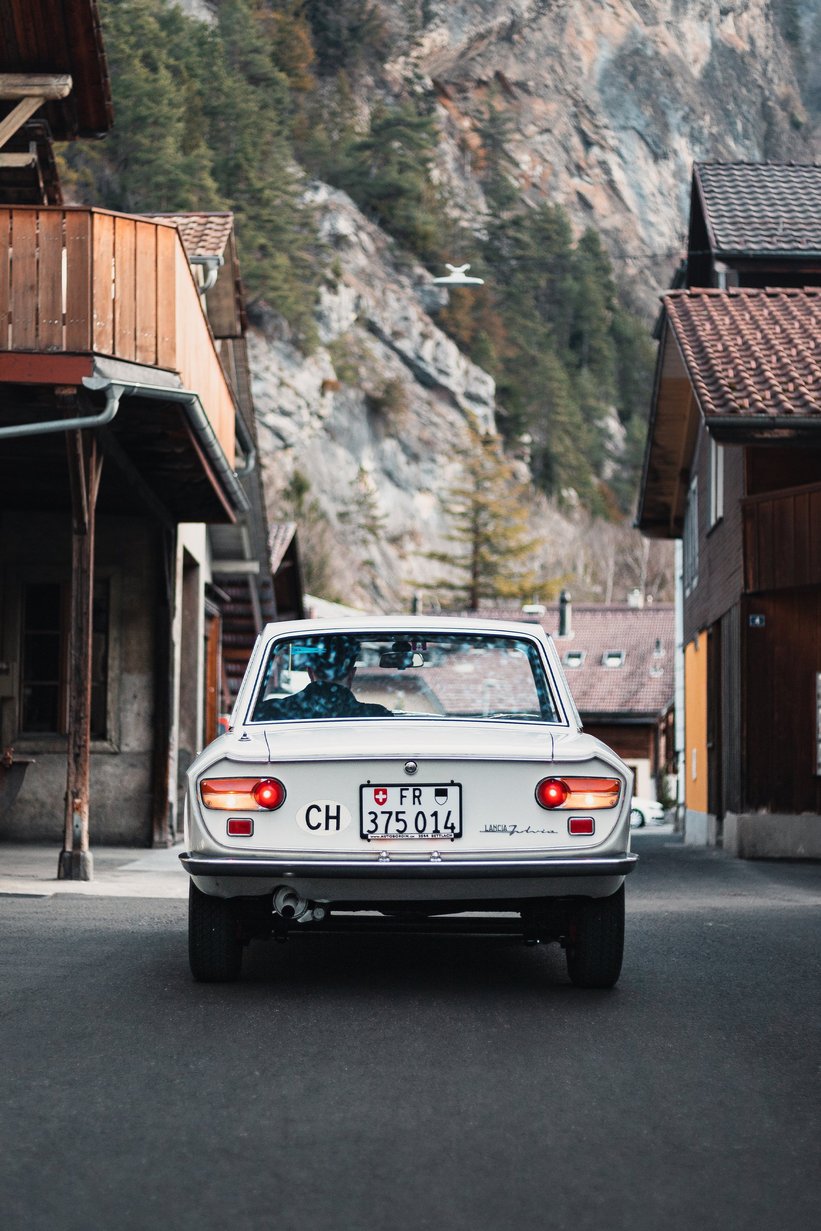
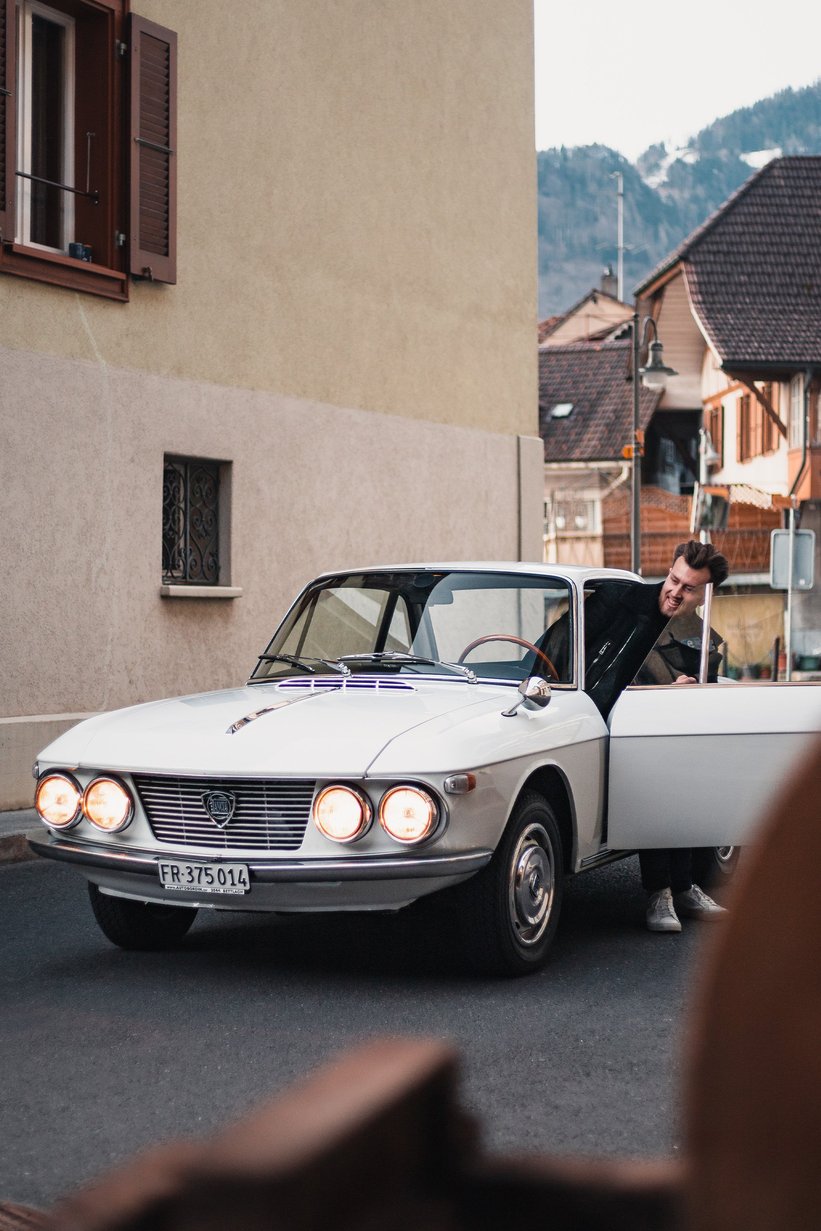
There’s so much we can learn from driving machines from the past. There were no gimmicks; everything on the car was essential. Planned obsolescence wasn’t a thing, and it’s proven by the fact that you can buy something like a Fulvia for a reasonable price. It’s crazy because at the time it was more expensive than a Jaguar E-Type, and I think you’ll find the fit and finish is a bit better than what they did at Coventry.
Overall, the best thing about the Fulvia is definitely the community, as it’s not about what you drive, but why you chose what you drive. If it’s right for you, then that’s the car for you.
Photos by Alexis Bataillon

















